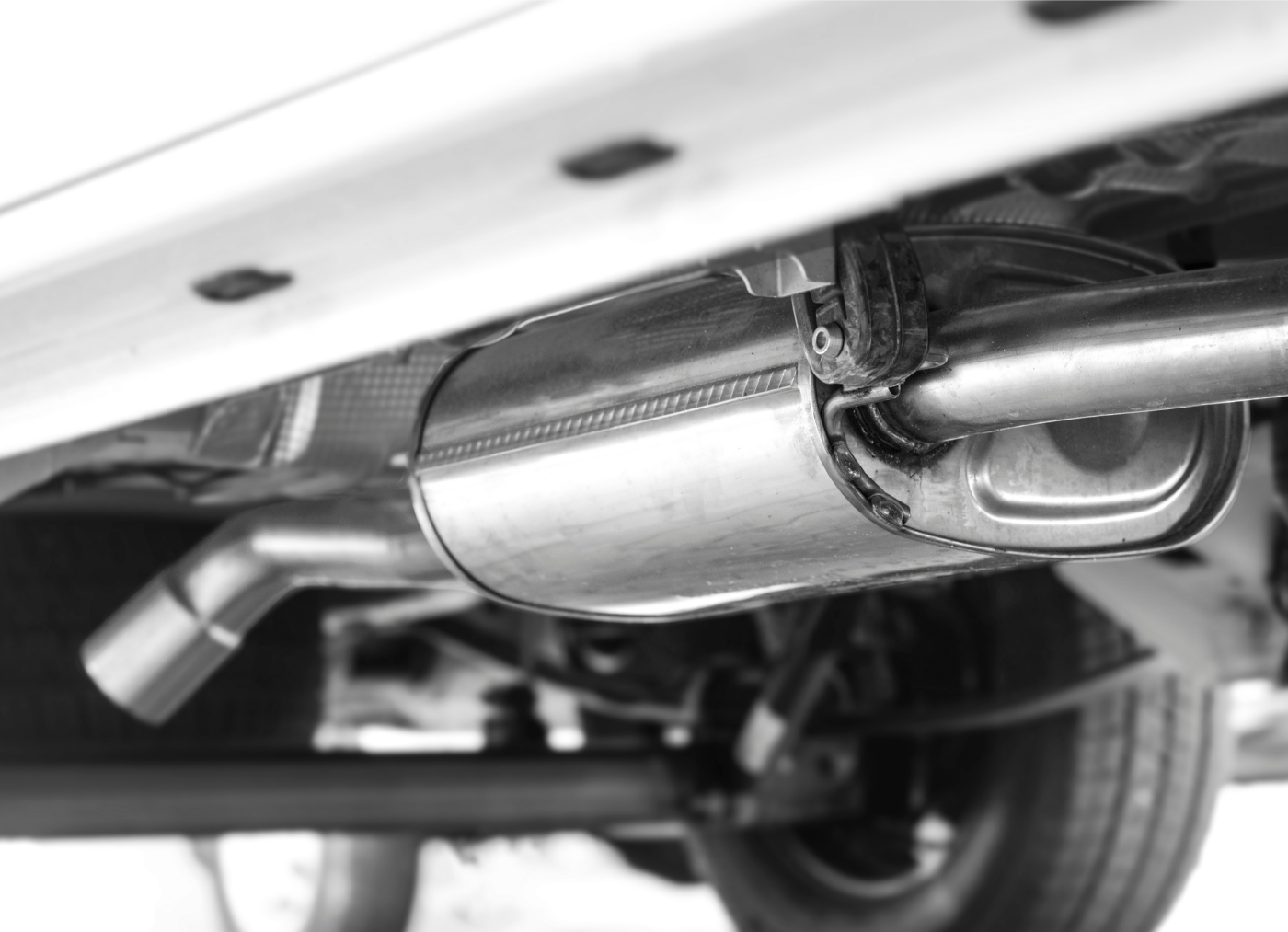Your car’s catalytic converter is a wearing part with a lifespan of 100,000 to 200,000 kilometers. If it no longer works properly or is dirty, you will be notified by the following symptoms:
- The engine loses power: the lambda sensor and the catalytic converter are ineffective, and the engine has more and more difficulty in revving up;
- Overconsumption of fuel: as the engine no longer works correctly, it needs more fuel to move forward;
- Engine jerks: the engine will stall more and more often when you are in the vehicle;
- A metallic noise comes from the exhaust: if the ceramic of the muffler is damaged, bits can come off and stagnate in the exhaust line;
- The engine warning light comes on the instrument panel: your vehicle is polluting too much, and the engine may go into degraded mode.
It is important to note that you should not neglect the maintenance or repair of the catalytic converter refining because, in the long term, you will no longer meet the antipollution standards when driving your car. Thus, it will not allow you to pass the technical control. Therefore, it will be necessary to clean or change the pot, and then a check-up will be required.
How To Clean A Catalytic Converter?
To prevent your catalytic converter from being clogged too often, it is necessary to maintain it by cleaning it. Thus, you can go through a professional in the workshop or do it yourself because it is a very simple maneuver to perform even by a novice in car mechanics.
First, you will need a cleaning product dedicated to the catalytic converter. This can usually be found on various online sites or at an automotive supplier. It should be poured into the fuel tank after having completed half of the tank. Secondly, make a one-hour journey on a freeway expressway to clean the system by heating it.
What Are The Signs That Show A Failure Of The Catalytic Converter?
It is easy to know that the catalytic converter is in the presence of malfunction. When it no longer works, the catalysis is interrupted, and it can be noticed that the vehicle abnormally emits opaque smoke at the level of the exhaust outlet.
If the pot is clogged, the vehicle will have difficulty removing exhaust gases and will tend to lose power which a possible increase in fuel consumption may accompany. It is also possible that internal defects of the pot occur, resulting in metallic noises that intensify when the engine is used.





